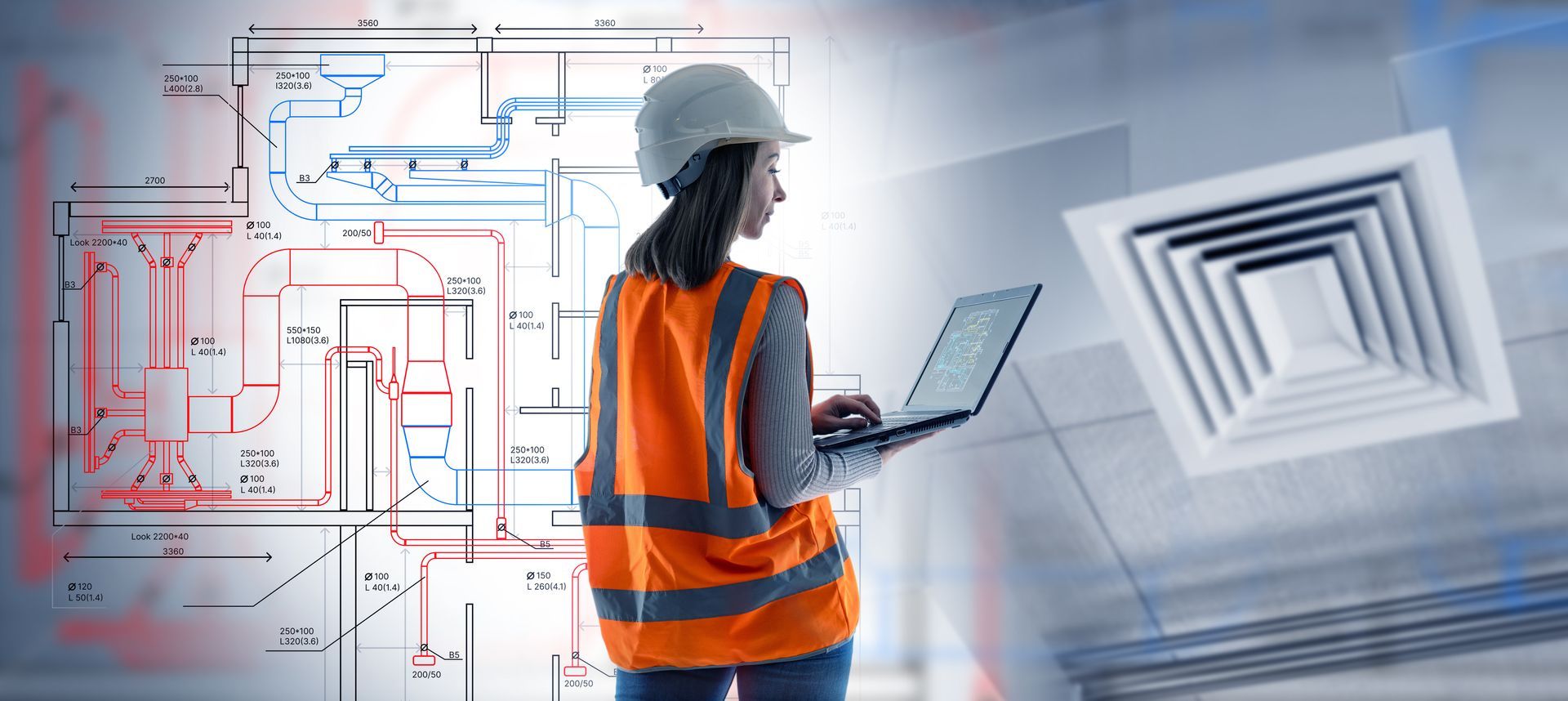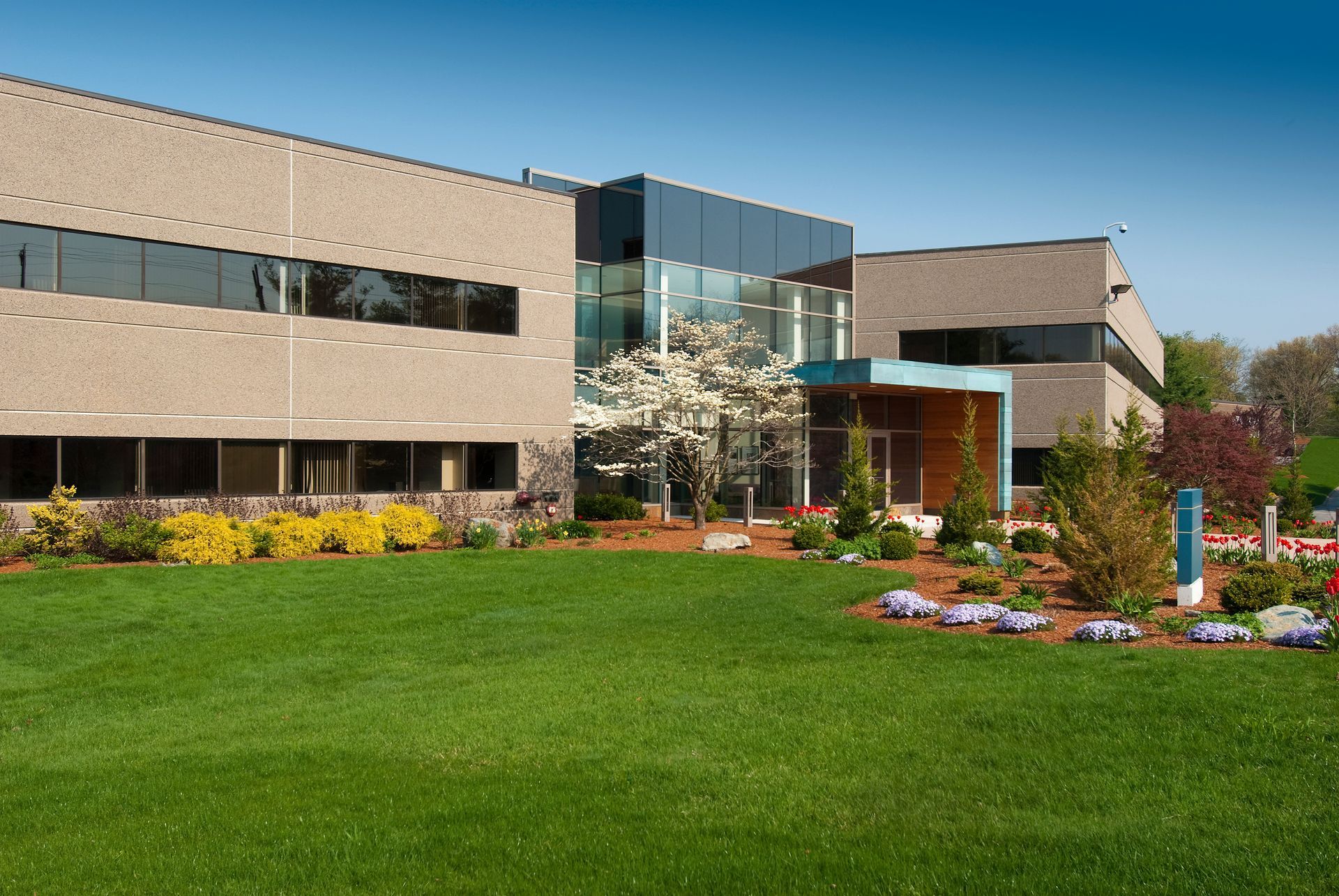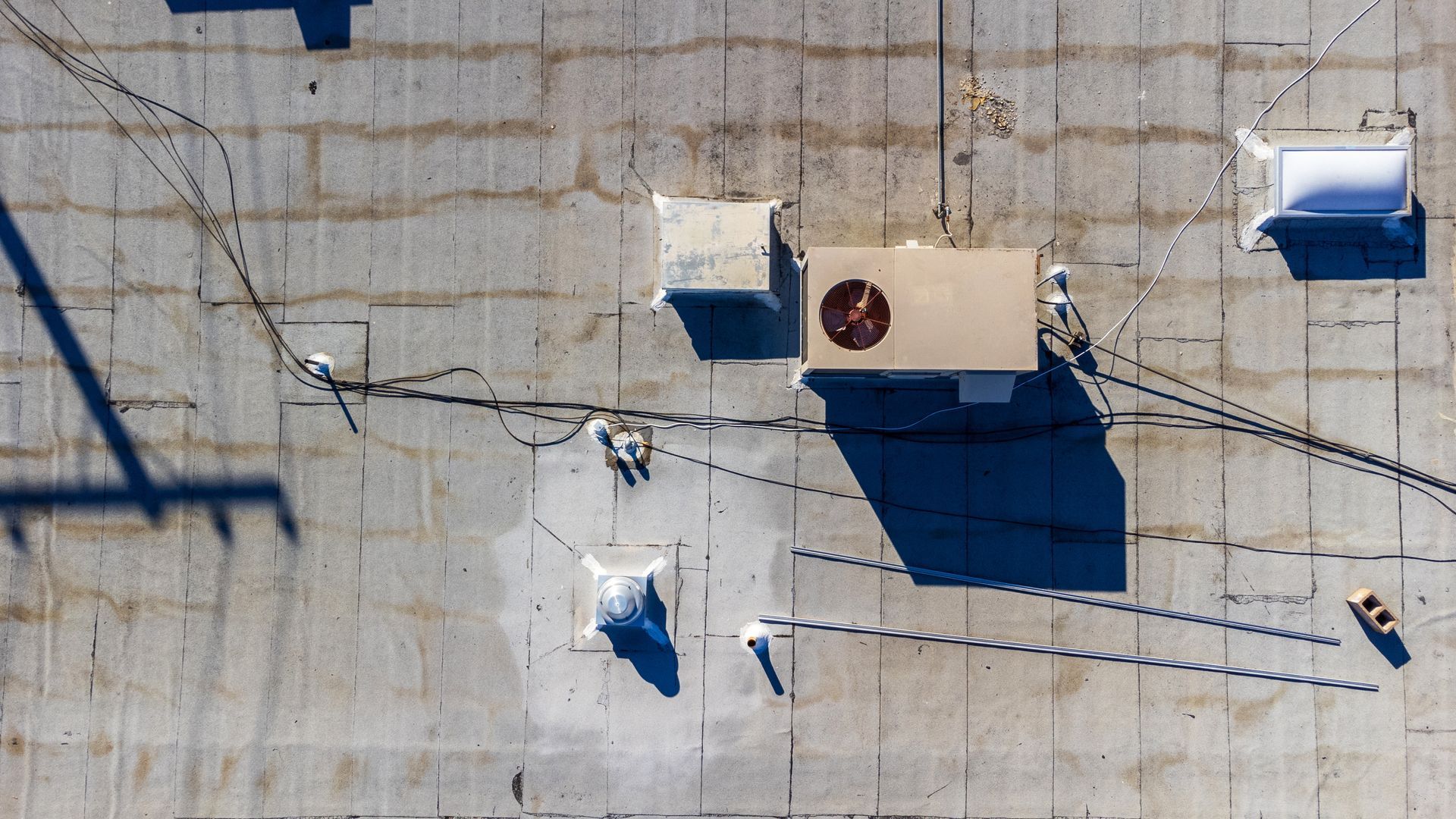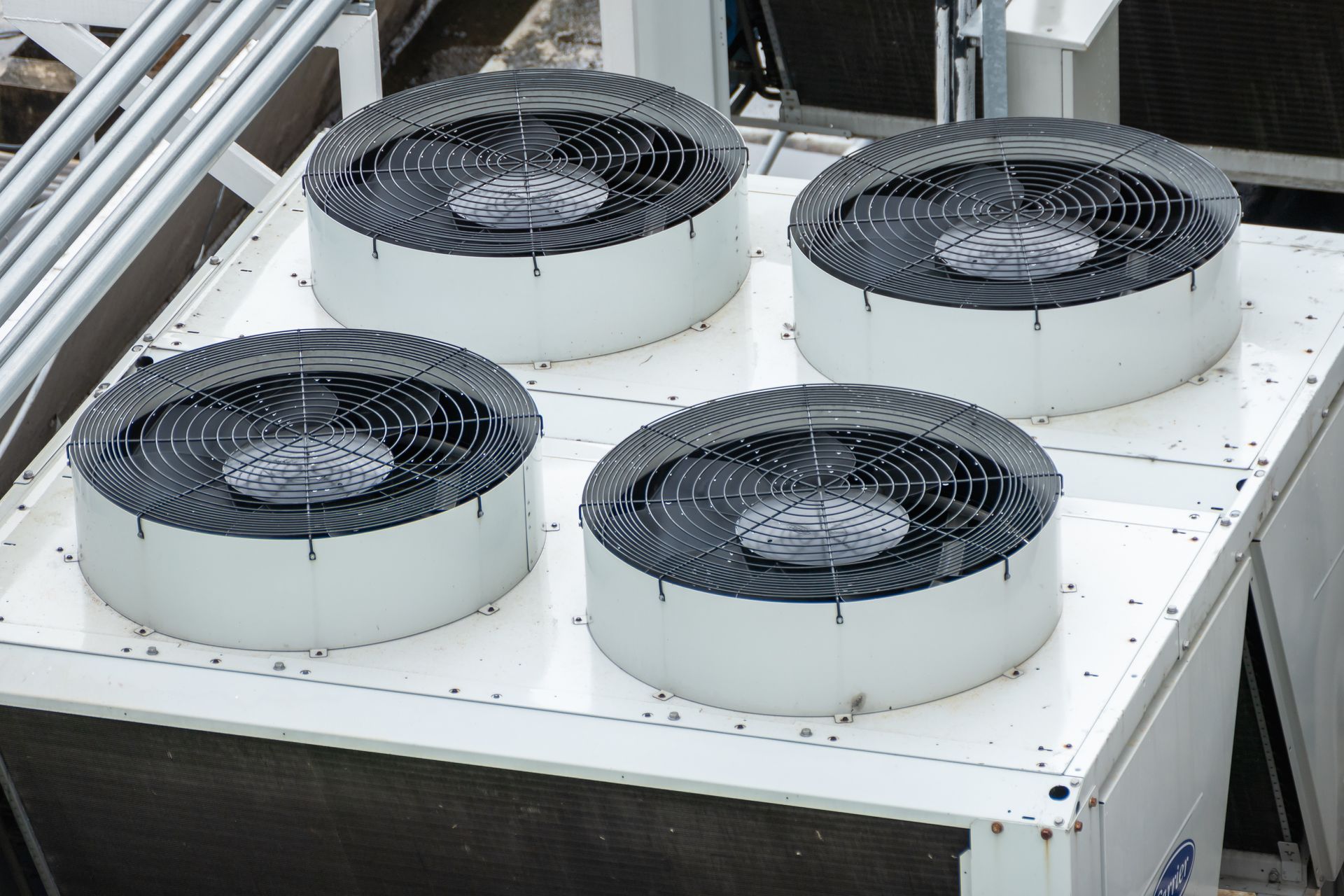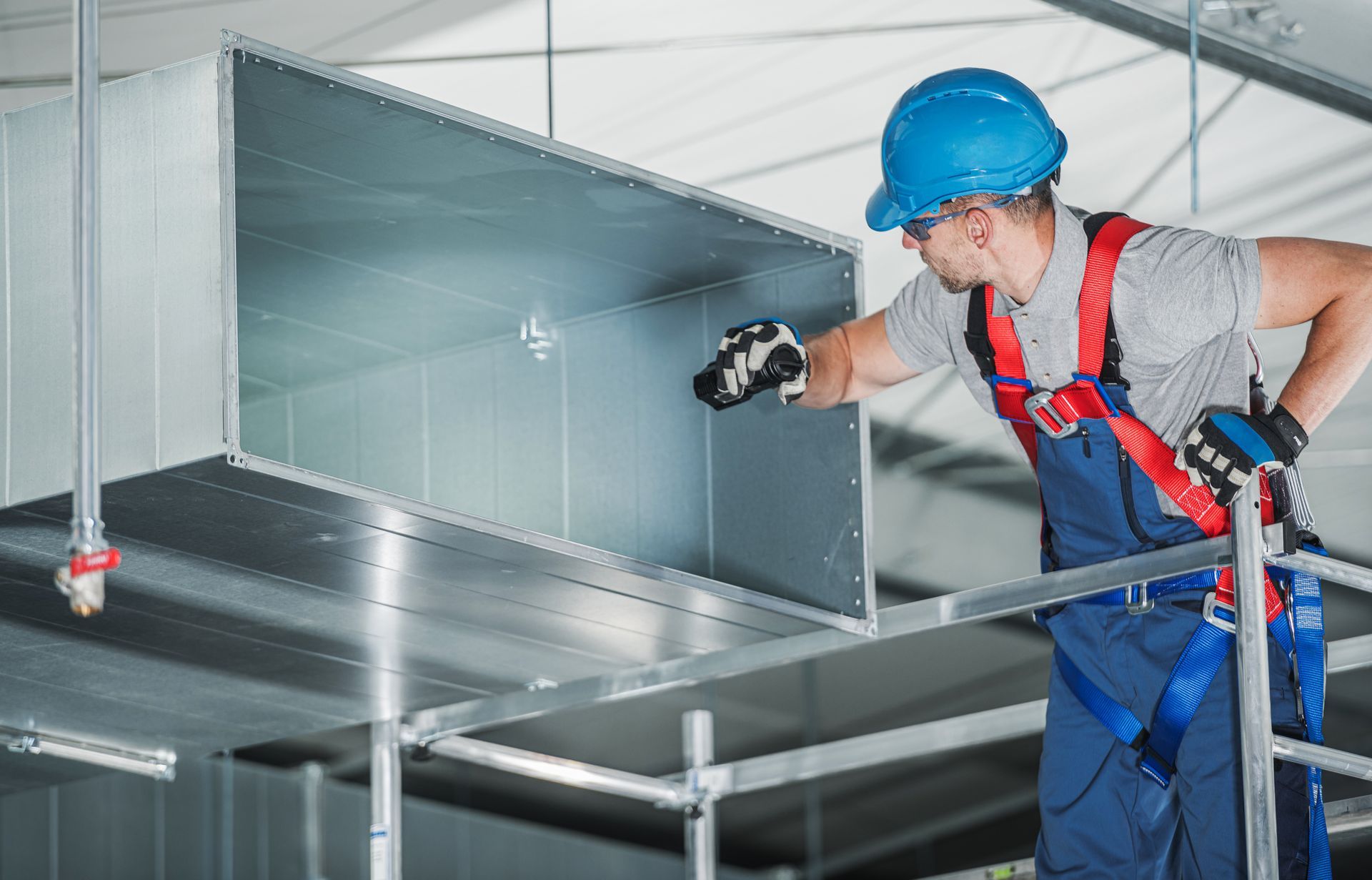What Are the Different Types of Commercial HVAC Units and How Are They Different?
Share
What Are the Different Types of Commercial HVAC Units and How Are They Different?

The cubic footage of commercial and multi-family properties often dwarfs residential properties. Heating and cooling large, multifaceted spaces that often feature high ceilings, complex layouts and potentially simultaneous heating and cooling demands isn’t always straightforward.
Multi-family properties like apartment buildings need vast networks for ventilation and capacity to push temperature-controlled air long distances. Retail stores often possess massive open areas with incredibly high ceilings.
The average big-box hardware store, like Lowe’s or Home Depot, might have ceilings that are 20 or 30 feet high for added storage. Other types of structures, like distribution centers and warehouses, may have similarly large open areas and a need to maintain precise temperature control throughout.
Designing and implementing heating and cooling solutions to meet the needs of these facilities is no easy feat. Keeping those systems properly maintained and operating at peak efficiency can also be more labor intensive than the average residential HVAC system. At Tom’s Commercial, we’re committed to being the one-stop HVAC solution provider for businesses and property owners throughout the Arlington, TX area.
Common Types and Configurations of Commercial HVAC Systems
Single Split Systems
Single split systems are popular, cost-effective heating and cooling solutions for smaller commercial buildings. These systems consist of an air conditioner to cool the refrigerant, a furnace with an evaporator coil to convert the refrigerant and a duct system to distribute the temperature-controlled air. Each indoor unit is connected to an individual outdoor unit, providing independent temperature control for each zone.
Multi-Split Systems
Multi-split systems are suitable for medium-sized commercial and multi-family residential buildings as they allow for multiple indoor units to be connected to a single outdoor unit. This configuration is energy-efficient, space-saving and provides individual temperature control for each zone. These systems can accommodate various indoor unit types, including wall-mounted, ceiling-mounted and concealed ducted units.
What Are VRF (Variable Refrigerant Flow) and VRV (Variable Refrigerant Volume) Systems and How Are They Different?
Variable refrigerant flow and variable refrigerant volume systems are ideal for large commercial buildings as they can provide simultaneous heating and cooling to different zones. These systems use variable-speed compressors to modulate the refrigerant flow according to the building's requirements, enhancing energy efficiency.
The Two Main Types of VRF Systems
Heat Pump VRF Systems
Heat pump VRF systems can provide either heating or cooling to the entire building at a given time but cannot provide both simultaneously.
Heat Recovery VRF Systems
These systems can simultaneously provide heating and cooling to different zones, making them ideal for large commercial spaces with varying temperature requirements.
Other Common Commercial Solutions for Heating and Cooling
Rooftop Units (RTUs)
Rooftop units are self-contained, modular HVAC systems installed on the roofs of commercial buildings. They are compact and space-saving, as they combine heating, cooling and ventilation components in a single unit. RTUs are commonly used in retail spaces, restaurants and office buildings.
Chillers
Chillers generate chilled water, which is circulated through a building's air handling units or fan coil units to provide cooling. They are suitable for large commercial and industrial buildings with high cooling demands. Chillers can be air-cooled or water-cooled, with water-cooled chillers being more energy-efficient but requiring a cooling tower for heat rejection.
Boilers
Boilers are used in commercial HVAC systems to generate hot water or steam for heating purposes. They can be powered by natural gas, oil or electricity. Hot water or steam is distributed through a network of pipes and radiators to provide heat in the building. Boilers are common in large commercial buildings, schools and healthcare facilities.
Which HVAC Solution Is Best for Businesses, Schools and Large Facilities in the Arlington, TX Area?
A variety of factors like price, capacity, efficiency, space constraints, building layout and occupancy may play a role in a property owner’s heating and cooling choices. Even the lowest cost option will inevitably represent a large investment in property infrastructure, which is why these are among the most important and impactful choices an owner may need to make.
The team at Tom’s Commercial is here to answer any questions you may have about which systems work best for your property’s heating and cooling needs. Call us at (817) 984-5779 for a consultation.

